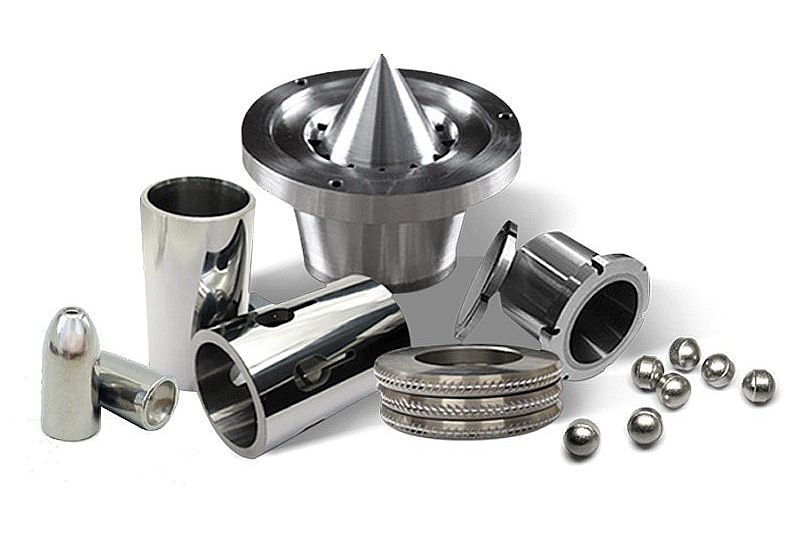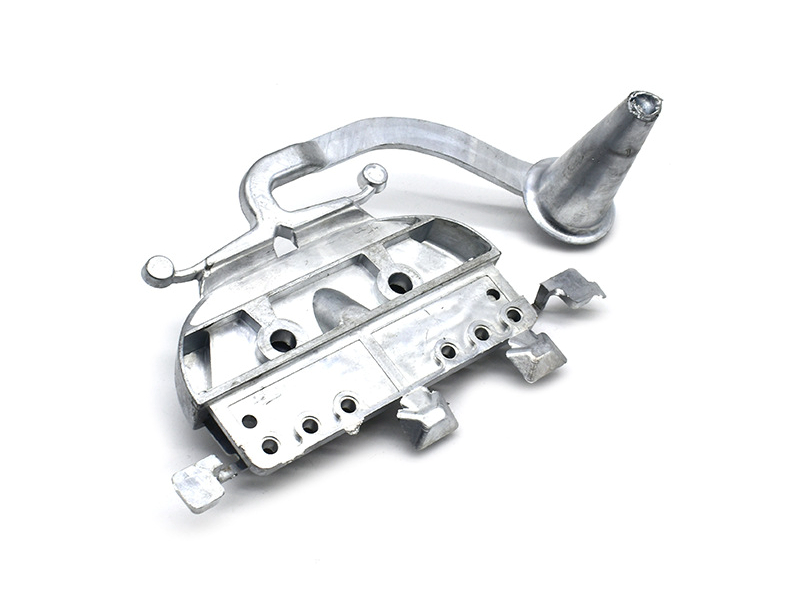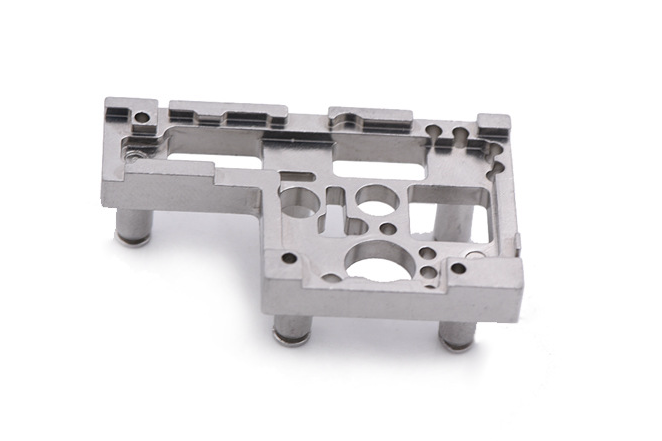How to balance conductivity, heat, weight, and cost when selecting RF materials?
From an RF engineering standpoint, material selection is always a multi-variable optimization problem: conductivity governs insertion loss and shielding, thermal behavior limits power handling, density affects system weight, and raw material plus processing routes determine cost. For compact filters, couplers, and connector bodies in telecommunication and high-speed data systems, these trade-offs must be evaluated together, not in isolation.
RF Performance and Conductivity
At RF and microwave frequencies, surface conductivity drives conductor loss because of the skin effect. High-conductivity metals such as copper alloys and silver-plated surfaces are preferred for current-carrying paths and cavity interiors. Structurally complex small parts can be produced via metal injection molding using stainless or low-alloy steels, then upgraded electrically by electroplating with copper, silver, or gold. Where both mechanical strength and good RF performance are required, alloys such as MIM 17-4 PH or MIM 316L provide a robust substrate for plated RF surfaces.
Thermal Management and Power Handling
Power-handling capability depends on how efficiently heat can be conducted away from lossy regions and dissipated. High-conductivity copper-based materials from copper alloy precision casting or W–Cu composites such as MIM W-Cu provide excellent thermal paths for high-power terminations, loads, or baseplates. For extreme environments, nickel-based superalloys like Inconel 625 and other 3D-printed superalloy components maintain mechanical integrity at elevated temperature, and their surfaces can be protected with thermal coating systems to further improve oxidation resistance.
Weight-Sensitive Applications
In aerospace or platform-mounted RF hardware, mass is a key constraint. Here, aluminum alloys via aluminum die casting or cast aluminum offer a good balance of low density, adequate conductivity, and reasonable cost. Internal RF surfaces can be machined or chemically refined and then plated to reach the desired electrical performance. For non-current-carrying housings and radomes, high-performance plastics such as LCP or PEEK produced via plastic injection molding give substantial weight savings while allowing selective metallization or shielding inserts where needed.
Cost and Manufacturing Route
Cost is governed not only by material price per kilogram but by process yield, tooling amortization, and finishing steps. For high-volume miniature RF connectors, MIM with alloys such as MIM-304 or MIM-430 can drastically reduce machining time. For lower volumes or very large parts, precision casting or sand casting of conductive alloys may be more economical. Early validation using CNC machining prototyping or 3D printing prototyping is recommended to confirm RF behavior before committing to high tooling investment.
Practical Balancing Guidelines
For low-loss, high-power components, prioritize copper alloys or W–Cu substrates with high-conductivity plating and strong thermal paths to heat sinks.
For weight-critical systems, use aluminum or high-performance polymers for structure, with localized metal or plated regions only where RF current flows.
For high-volume small parts, design around MIM-capable alloys and plan for secondary finishing such as electropolishing and plating to tune RF performance.
In harsh environments, consider nickel-based superalloys plus appropriate thermal barrier coating or corrosion protection layers.
Always evaluate material options through both EM simulation and life-cycle cost analysis, including surface treatment and finishing steps.



